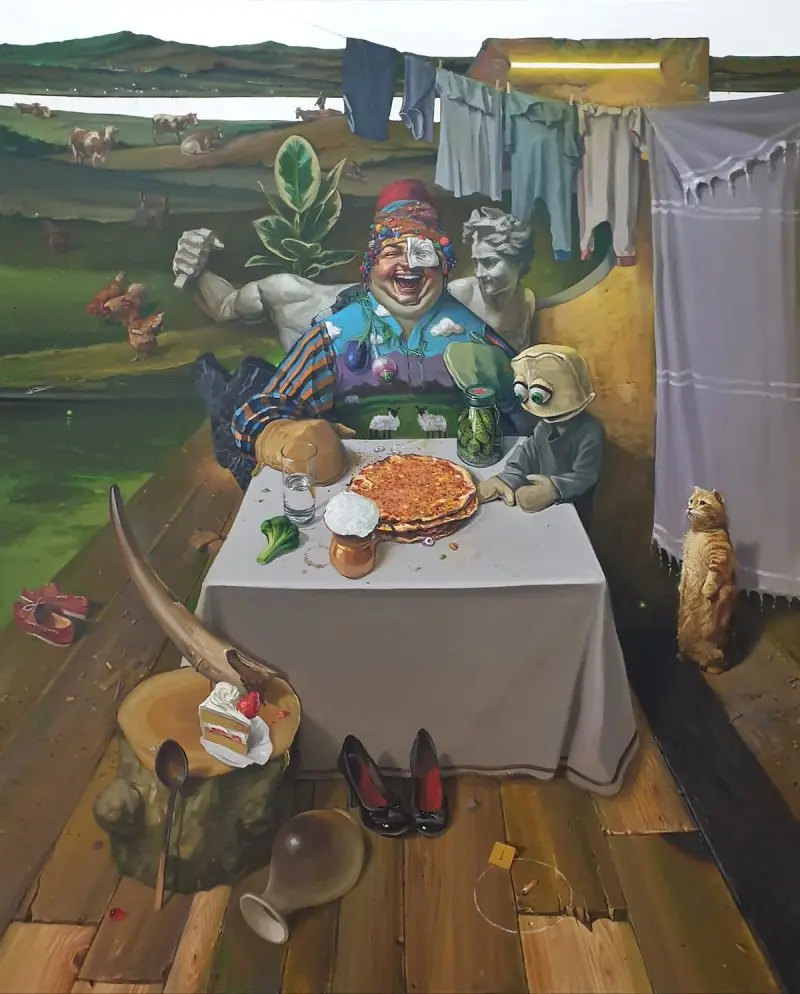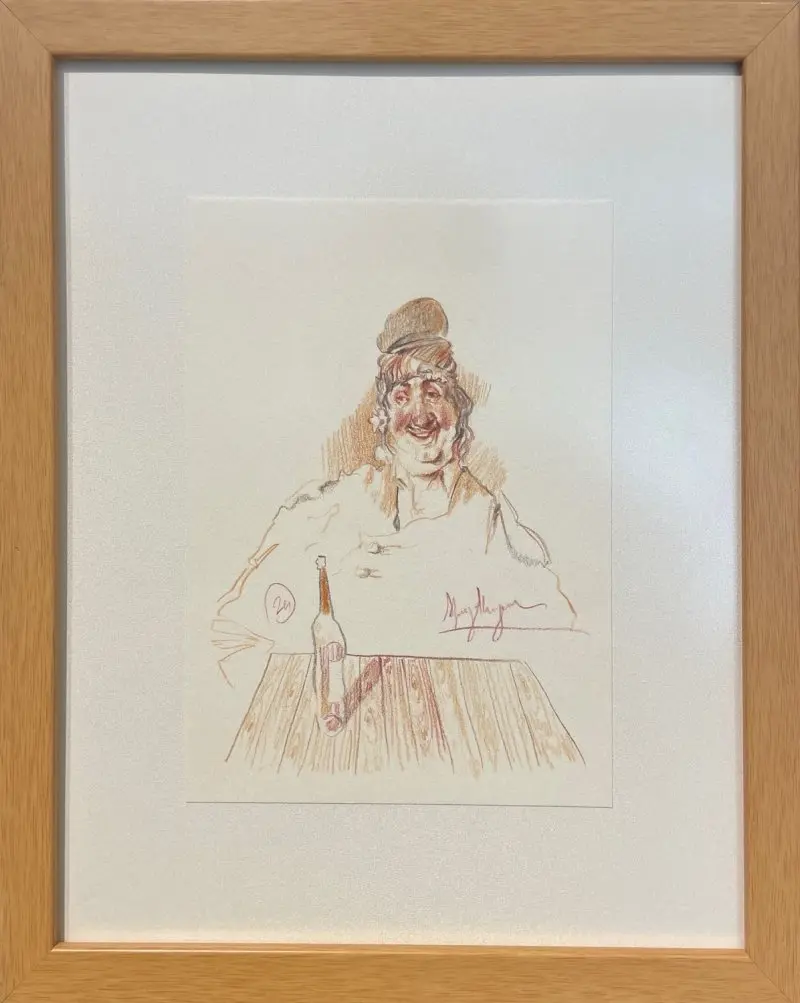
Alpay Aksayar
We are in a flow where time devours space. Everything seems to slip through our fingers. The death of all constructs. The pain we experience rises from the searing moans. Yet, how beautifully we had envisioned our world, under the sovereignty of the universality of our minds. Everything was supposed to remain intact as we designed it. But in an era where memory’s accumulation turns into debris, we live the footprints of the past as pain. Silently, amidst the dust and smoke awaiting us. Will life ever return to how it was? Can poetry be written again, can art be created? As children of the times we elevated with the power of our knowledge, we are crushed under our own stones. In the comforting power of rationality, the order we settled into has collapsed upon us, unmanageable. We are struggling to escape the dystopia we built as a utopia, with all our screams.
This is the tragedy of humanity: to both forget and not forget. Where are the traces of the past we don’t want to forget? In the distorted black-and-white archive of painful memories, or in the warmth of stories, the soft harmony of colors? If life goes on, so will the story, of course. Without losing our conscience, we must surrender our eyes to the most beautiful traces of hope and color. To emerge from the deep darkness of our time, we need more color, more imagery. Our existence will come alive within this annihilation. We no longer need heroes but anti-heroes. Neither utopian nor dystopian, but wayward heroes…
Alpay Aksayar’s Başıbozuk series, with its figures that playfully mock the inspirations of historical memory, draws us toward a shared rationality while suddenly pulling us into the warmth of “live as you are, brother,” dropping us into the midst of an allegorical whirlwind. Whether you sift through the past ethnographically or artistically, you will find these figures in a dramatization that brings you closer, not further away. These characters, which seem to emerge from the flow of time, are not confined to a single period or place in history. They carry the memory, time, and space of history on their shoulders, greeting you. You will begin to look at them not just through the filter of reason but with the joy of play. As it was said that a human is human when they can play, these disruptive characters, reminding us of our childlike innocence even in the most tragic times, free us from the dictate of “get your act together.”
Perhaps we need more of these game-disrupting, wayward figures in times like these. Sarcastic figures that say, “Come here, what are you doing over there acting all high and mighty?” Joyful, feeling life’s seriousness with conscience but not taking it too seriously. Using reality as a tool, these figures oscillate between irreality and surreality, transforming into characters that establish their belonging not to one place but to everywhere, within the undefined space they are placed in.
While creating their art, the artist takes fictional rationality seriously, but when presenting the work to the audience, they demand the opposite: the disruption of all constructs. To the person who believes they are in the promised paradise of their small mind, the artist, with a mocking expression, seems to say, “Come join the game.” They do this not with the seriousness of a person who constructs with their mind but with the expression of a hedonistic character devoted to happiness. Playful, funny, ironic. On one side, they carry the traces of the Anatolian geography where the artist grew up, but they are more like an eclectic Gargantua.
Creating a character is difficult, whether in writing, acting, or drawing. When creating a character through drawing, you must also consider its color. Color is as much emotion as it is homeland; it reveals language and place. If you place your character in a surrealistic time-space, you must not limit it to a single color or language but place it within the placelessness of many languages. Otherwise, your perspective risks becoming part of a color-centric vision. Alpay Aksayar’s characters, often in an atmosphere dominated by calm tones, appear vibrantly colorful in contrast. It is nature, created with a human-centered construct, placing itself waywardly within that construct. They understand the game but participate with their own game, not as an outsider but as an insider. The game must begin anew, in the silent embrace of the traces of time, carrying the past, but as joyful, happy players of the present, smiling, human…
To be a game-changer, one must not be among the downtrodden but among the wayward…
Halkan Demir
